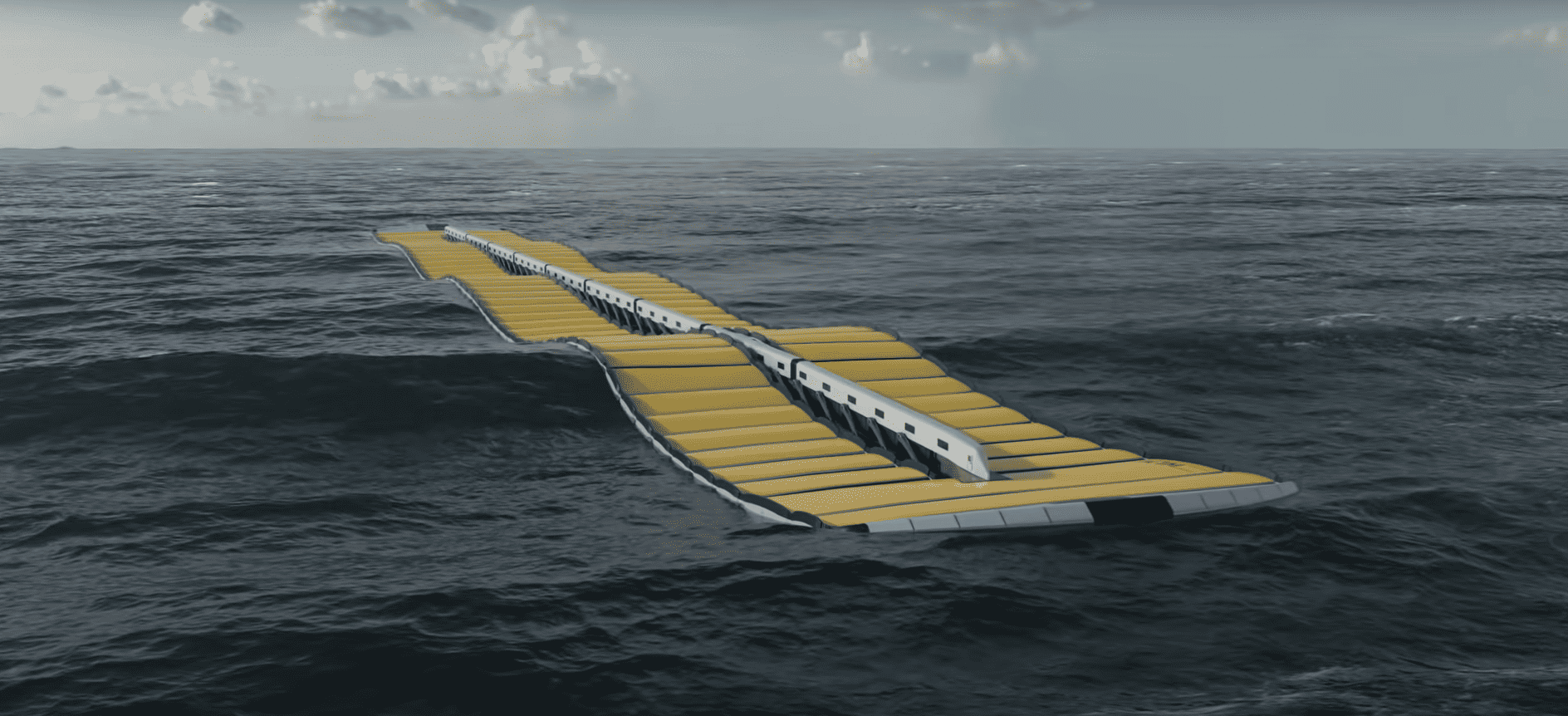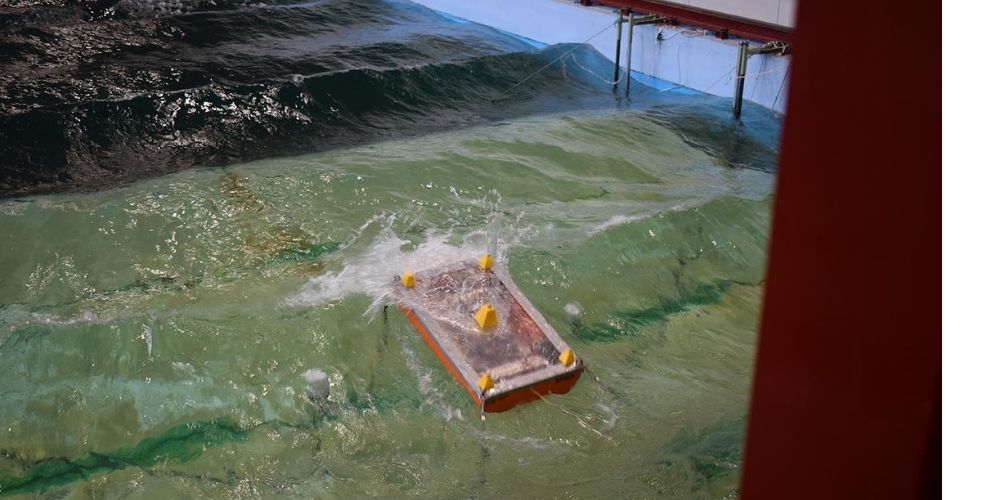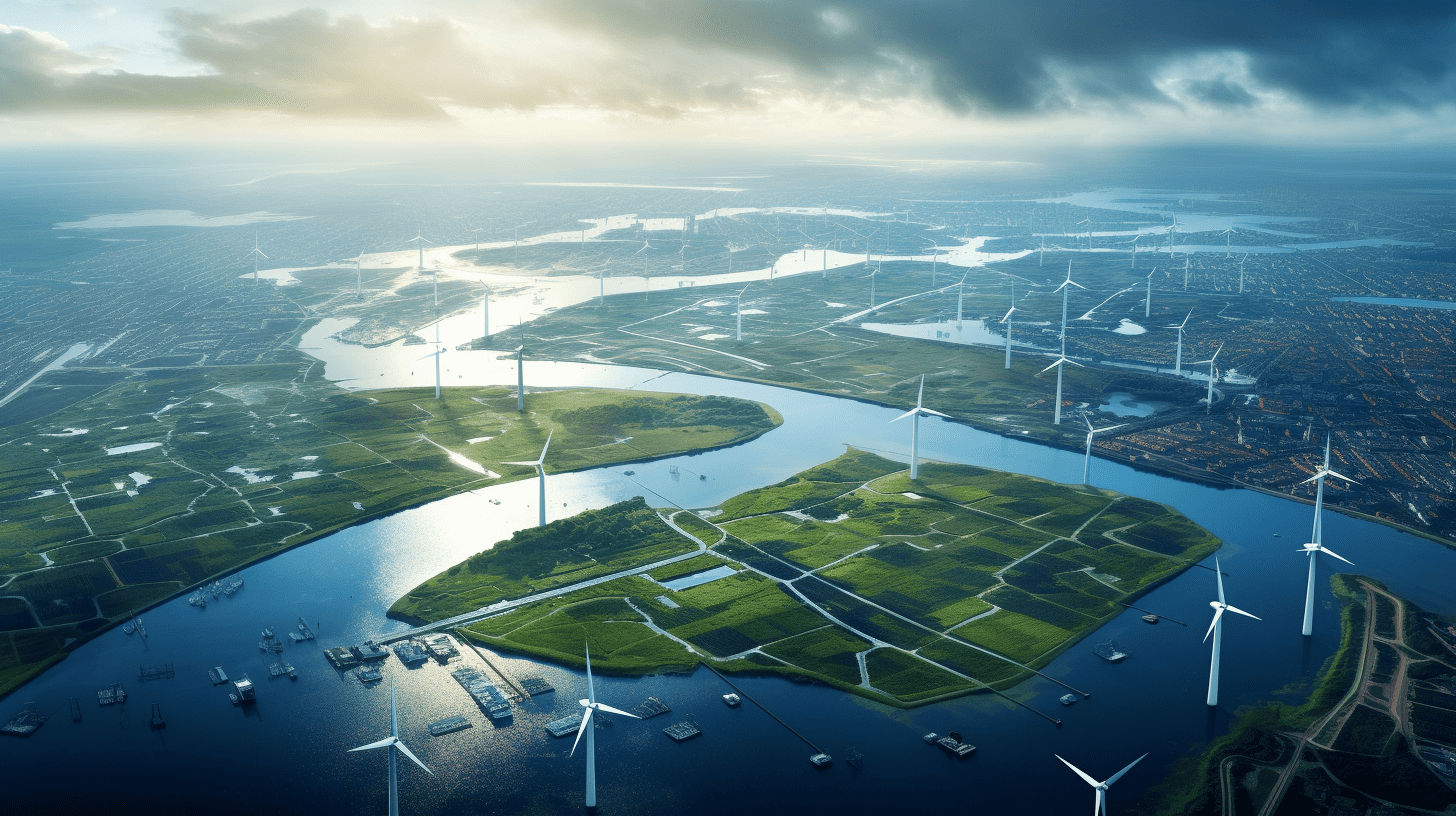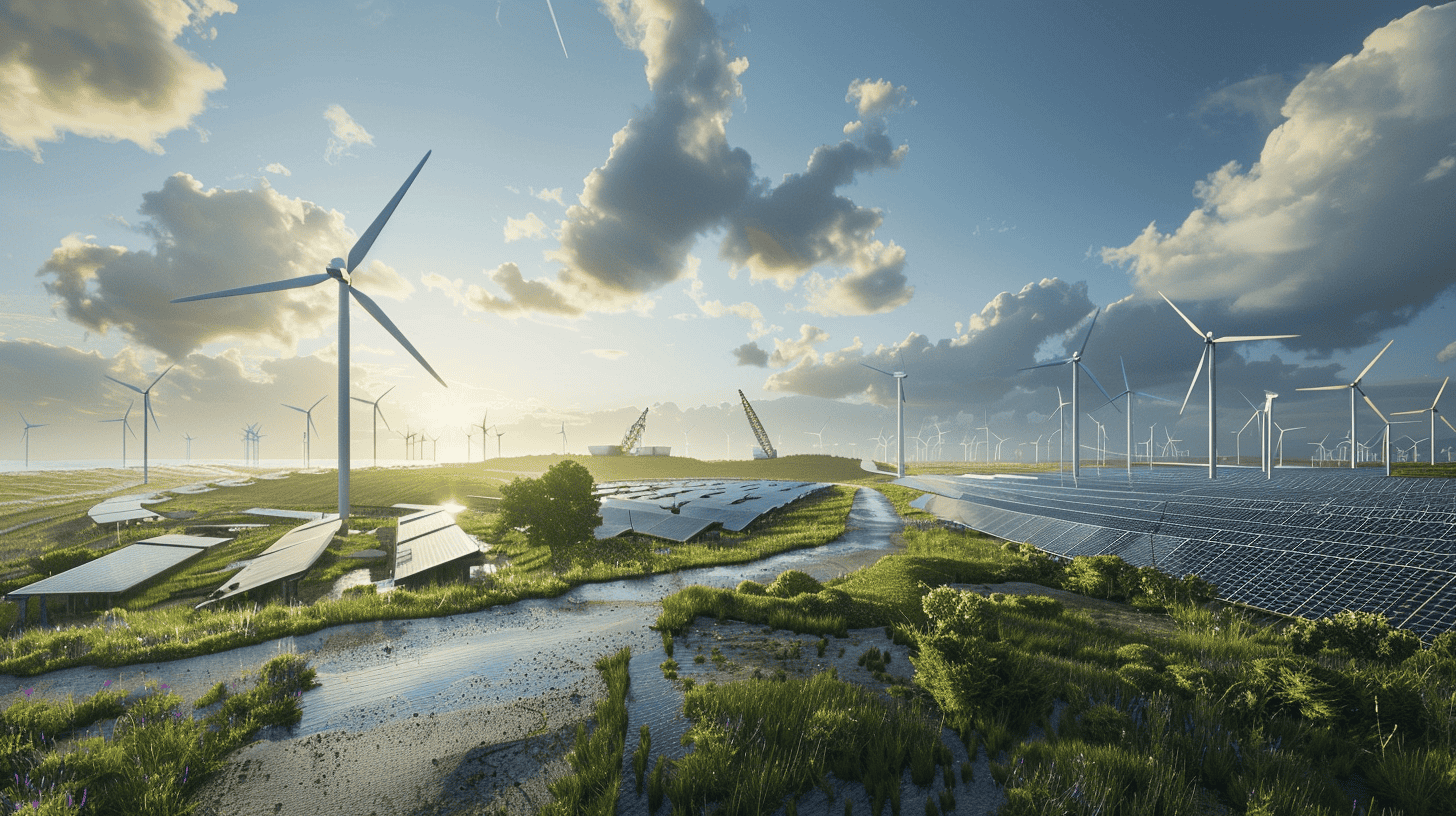
Alexander Zakheos is the CEO of SWEL – an acronym for Sea Wave Energy Limited – and has been working to help his father make his intuition come to light: creating a powerful waver energy converter (WEC). After almost two decades of research and several iterations, they developed a WEC called the “wave line magnet” (WLM). According to its creators, their technology could bring the cheapest electricity – as costly as one cent per kilowatt-hour (kWh) – from a renewable source.
- SWEL developed the Wave Line Magnet, a wave energy converter;
- The company esteemed energy to cost of less than two point five cents per kWh;
- The device can power remote islands as well as being used for massive hydrogen production;
The UK-Cypriot company will conduct its final pre-commercial pilot tests in Cyprus, as they got the green light from the country’s maritime authorities. Then, commercialization will follow suit with a two hundred kilowatts converter – mostly suited for providing power to small islands for desalination and other applications.
Putting brakes on a heavy train
The converter acts as a magnet. It sticks to waves, becoming the wave itself. Four main components form the structure of the WLM: a spine, pumps, platforms, and levers. As with natural creatures, the spine allows flexibility and connects all components. The yellow platforms sit on the wave line, following the wave’s movement, and levers connect the platforms to pumps to make them move. Pumps take in seawater, pressurizing it to use it for power conversion systems such as desalination, electricity, or hydrogen generation and storage. The WLM can desalinate water directly without producing electricity but using filters.
In a nutshell, SWEL’s WEC collects the kinetic energy of waves. Zakheos found a better metaphor to describe it. “All we are doing with our technology is putting brakes on a heavy train, absorbing the energy it has inside.”
Lower frequency, powerful frequency
The current WLM version comes after almost two decades of research and development – with several iterations. In this journey, SWEL tested several university wave tanks and open-sea locations, also participating in EU-funded initiatives.
While wave energy is nothing new, it hasn’t picked up amid higher costs per megawatt-hour. A US Department of Energy study estimated a $130-$280 cost per mWh for commercial-scale tidal energy, compared to $20 per mWh for wind energy. According to a European Commission report, tidal technologies are expected to reach a levelized cost of energy (LCOE) of 15 cEUR/kWh by 2025.
However, swell energy has a higher power output than wind energy, as water is 830 times denser than the air and can thus generate more power per unit area. Furthermore, wave patterns are known and predictable – while the same can’t be said about wind and sun cycles.
Neutral displacement theory
In Zakheos’ point of view, most wave energy systems failed because they didn’t have the right approach toward wave dynamics. Most technologies are based on Archimedes’ principle of buoyancy, but it’s only a piece of the puzzle, per SWEL’s co-CEO. “After all the testing we have done, we formulated our neutral displacement theory (NDT), where displacement theory is one of the three elements characterizing wave behavior,” he explains.
He can’t disclose – for now – the details of this hypothesis, which ultimately holds the secret of the functioning of SWEL’s energy converter. The NDT challenges the current industry standards. “It’s us against the world. I sound cheesy, but it’s the truth,” he states. Based on these principles and the many years of investigation, the SWEL system has proven to produce more energy with higher tides.
Longer waves, higher output
“As wavelength increases and waves are taller, you expect more power. The enigma with other developers is that they can’t generate power with more extended wave periods. By contrast, we produce more energy with longer wavelengths. Power output grows exponentially,” says Zakheos while sketching a steep upward line on a piece of paper.
SWEL also studied the potential installation of one of its systems on the coast of Scotland. Using an annual wave behavior and intensity dataset, they calculated a yearly production of 140 GWh of power, with a cost of less than two point five cents per kWh. “If we were to convert it into hydrogen and store it onsite, the number could reach five or six cents per kWh, a value comparable to one of the fossil fuels and lower than the ones of wind or solar,” Zakheos adds.

Modular
Being able to harness energy even in the harshest wave conditions is only one of the points made by SWEL to support its claim of producing cheap power. “The technology is modular and isn’t a spaceship design either. Components can be made with standard materials, ” the CEO underlines. Steel for the spine and recycled plastics or wood for the platforms can be a good fit – although still under review.
Most importantly, to harness the power of waves in every scenario, SWEL envisions designing different converter sizes. A smaller version for accommodating calmer seas – such as the Mediterranean – would be eight meters wide per one hundred meters long, and the ocean version would be 24 meters wide per 600 meters long.

The key to mass hydrogen production
Depending on the application, converters’ placement changes. “In the Greek islands that need desalinated water, it would be placed maybe a kilometer away from the coast. While in the case of larger-scale systems for mass power production, those would be installed four or five kilometers away or even more, depending on each location and characteristics,” Zakheos clarifies.
Facilitating mass-scale production of hydrogen is where SWEL’s technology can make a difference. “The systems will harness wave energy converting it into hydrogen. Since they will be anchored in the ocean, which is prime real estate for energy storage away from populated areas. Combined with technology to compress and store hydrogen fuel, ready for vessels to load it and deliver it wherever it’s needed,” he stresses.
Rediscovering nuclear power
SWEL will start by commercializing the smaller version of its converter, having a 200 kWh output. According to Zakheos, projections suggest that this system will also be able to produce between ten and fifty tonnes of desalinated water at a third of the costs for conventional systems.
The company hopes to hit the market in two years. “It would be like we rediscovered nuclear energy, if not better,” states SWEL’s CEO. Decided and fully focused on achieving the goal of SWEL becoming one of the largest independent power producers on the planet.






